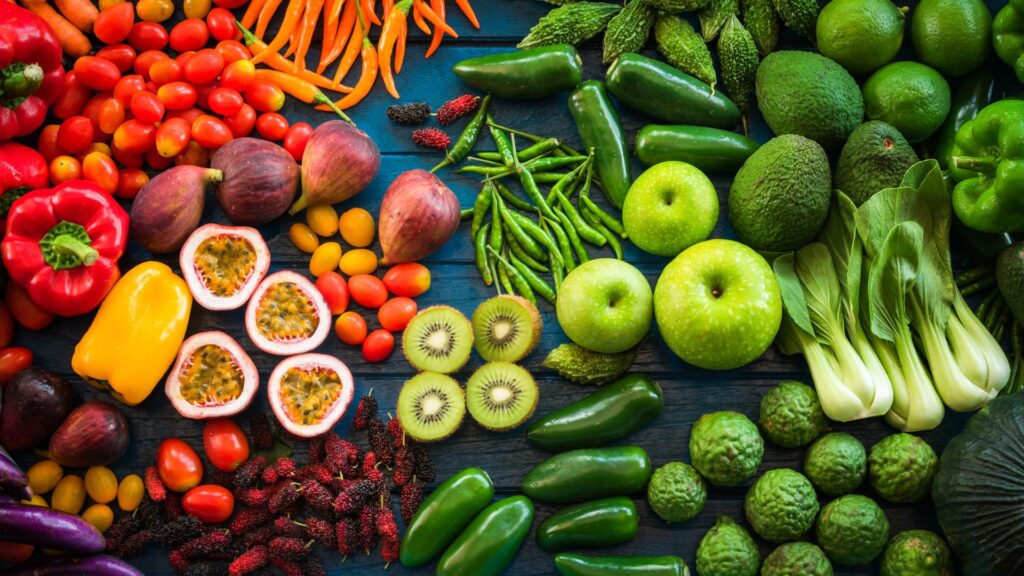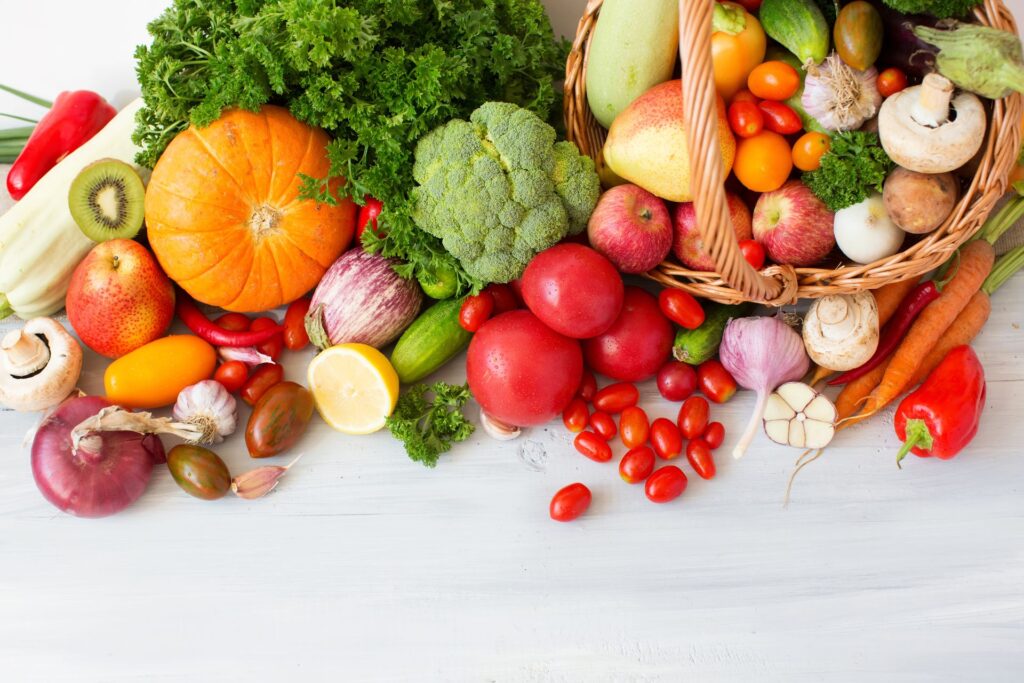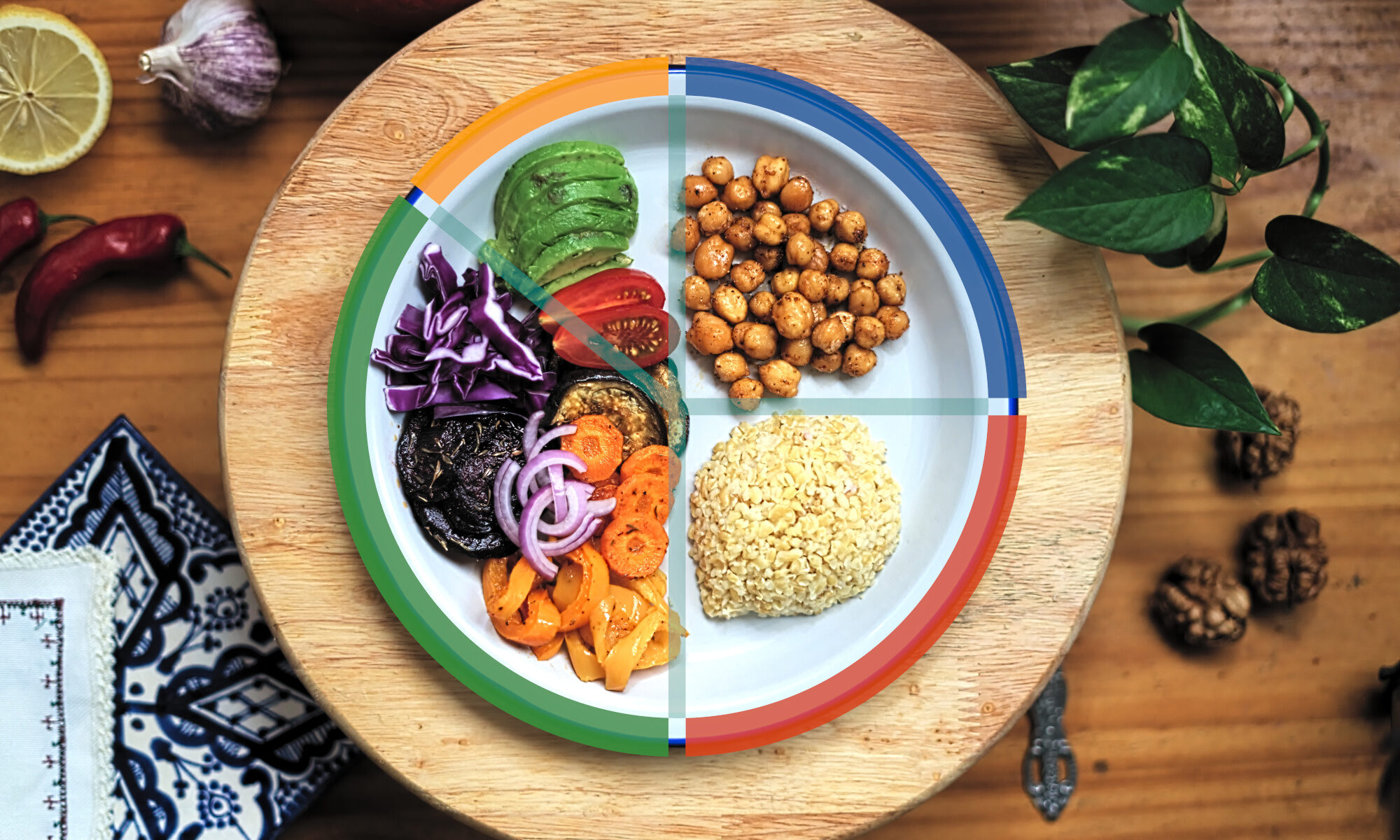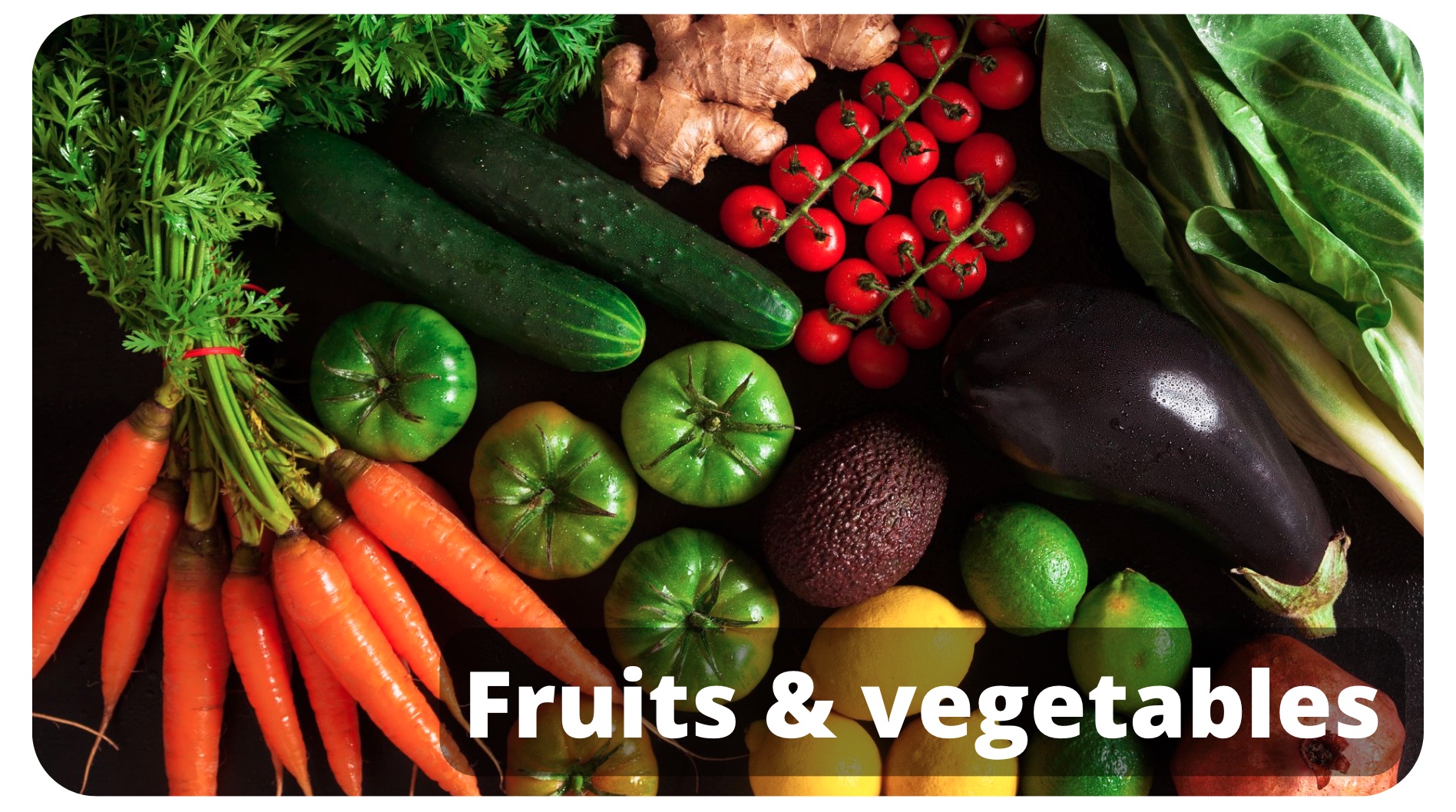Fruits and vegetables: Essential for improved healthy diet
Fruits and vegetables are an important component of a balanced diet. They are full of essential nutrients to a healthy body.
What are fruits and vegetables?

Fruits and vegetables come from different parts of a plant. The fruit is the flower part of a plant while vegetables come from the other parts such as leaves, stems and roots.
Besides the botanical classification, fruits and vegetables classification can be based on their form, taste, texture and color.
Some vegetable categories are:
- – Leafy green vegetables: These are the edible leaves of the plant. They include vegetables like cabbage, cilantro, broccoli, chard, and spinach.
- – Root vegetables: They grow underground. The root of the plant is the edible part of the plant. Root vegetables include carrots, rutabagas, and radish.
- – Tuber vegetables: They also grow underground on the root of the plant. They include vegetables like potatoes, cassava and yam.
Some fruit categories are:
- – Citrus fruits: A category of fruits that grows on flowering trees from the same category. They include limes, mandarins, grapefruit, oranges, Tangerine and lemons.
- – Tree fruits: include other fruits that grow on a tree such as apples, peaches, nectarines and apricots.
- – Berries: These are small fleshy fruits. They include raspberries, cranberries, blueberries, and grapes. Against all odds, strawberries are not berries, from a botanical point of view. They are not even fruits and are called “false fruits”. Bananas, on the other hand, are berries.
What are the benefits of fruits and vegetables?

Vitamins
Fruits and vegetables are packed with vitamins that are essential for optimal body functions.
- – Vitamin A: protects your eyes and prevents vision loss. You can find vitamin A in a variety of fruits and vegetables such us carrots, sweet potatoes, kale and mango.
- – Vitamin C: is essential to body tissues growth and repair. It also enhances iron absorption. You can eat vitamin C from foods like citrus-fruits, peppers, broccoli and kiwi.
- – Vitamin B9 or folate: is necessary for white and red blood cells production. It is also important for pregnant women to prevent neural damage in the foetus. You can get vitamin b9 from leafy greens, broccoli, asparagus and citrus fruits.
Minerals
Fruits and vegetables are also an excellent source of minerals, including:
- – Potassium: It is a key nutrient for normal cells function. It has an important role in muscle contraction and heartbeat regulation. You can get potassium from bananas, beets, and Brussels sprouts.
- – Magnesium: another major nutrient for proper cell functions. It’s involved in many chemical reactions, including muscle movements and nervous system regulation. You can find magnesium in leafy greens, avocados and bananas.
Fiber
Fruits and vegetables are an important source of fiber. Eating fiber-rich foods is associated with decreased risk of diseases, including cardiovascular disease, type 2 diabetes, and colorectal cancer.
How much fruits and vegetables do we need?

Food guidelines recommend at least 5 servings of fruits and vegetables per day, with 3 servings of vegetables and 2 of fruits.
When eating fruits and vegetables, it’s quite difficult to have too much of them. As long as you eat them whole, it’s unlikely to get them in excess. Fruits and vegetables are loaded with fiber, which makes you feel full. However, you might need to monitor your consumption of fruit juices. Fruits in juices lose their fiber and are loaded with sugar.
Eat your fruits and vegetables as part of a balanced diet to get all health benefits.
Fruits and vegetables in the Plate method

The plate method is a visual dietary guideline for a balanced diet. It’s composed of proteins, whole grains, vegetables, and fruits. The fruits and vegetables part represents 1/2 of the plate.
Try to compose a colorful plate. Choose a variety of fruits and vegetables to get all the nutrients you need.
If you need to monitor your blood glucose level, avoid fruit juices and eat whole fruits. Choose fruits with lower fructose content, like berries, pineapple, and oranges.
You might also want to eat dried fruits in moderation. They are packed with fructose and you can easily eat large amounts of them before you feel full.
Smoothies may be a good alternative to fruit juices, as long as they have no added sugar.

